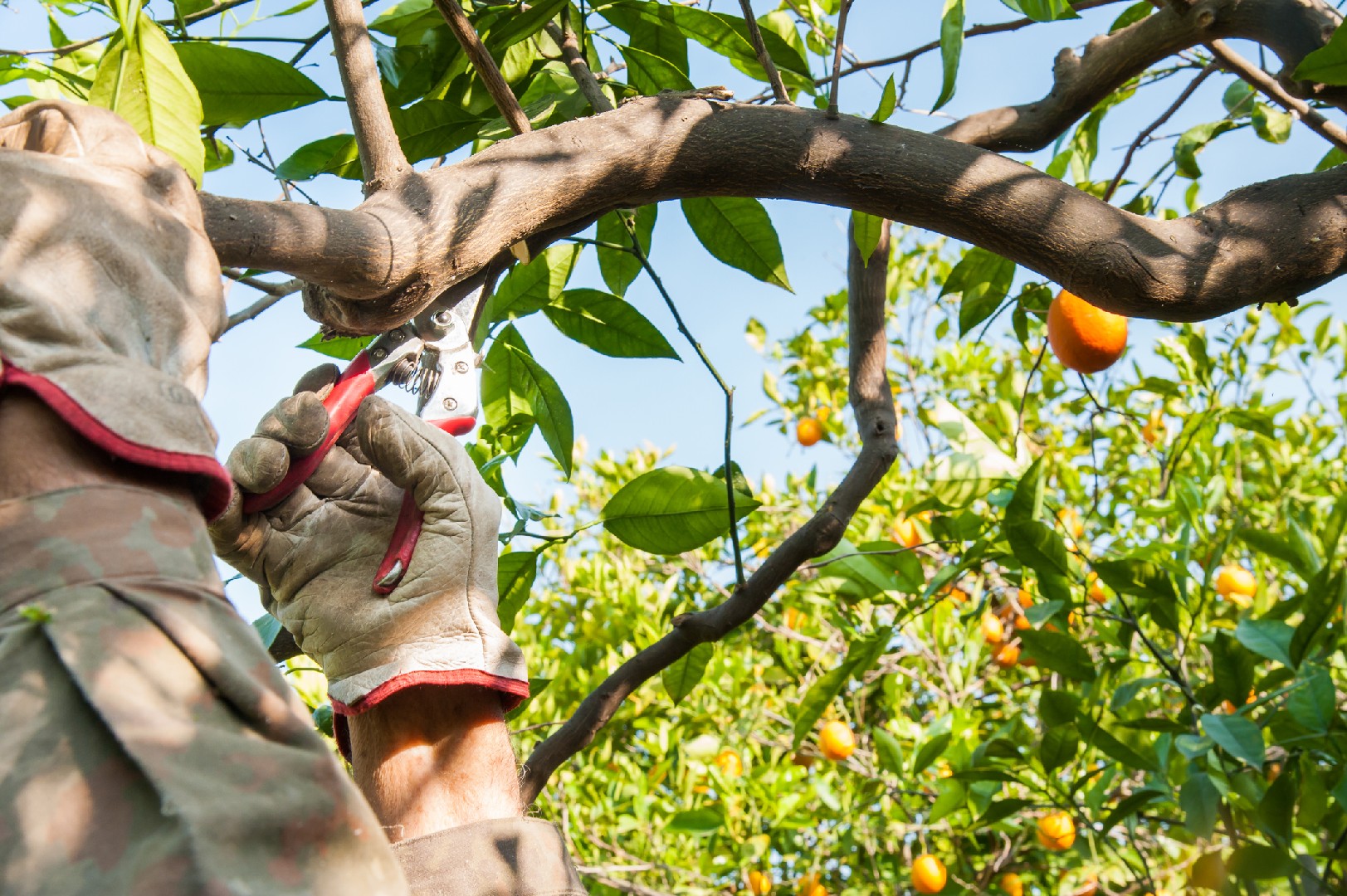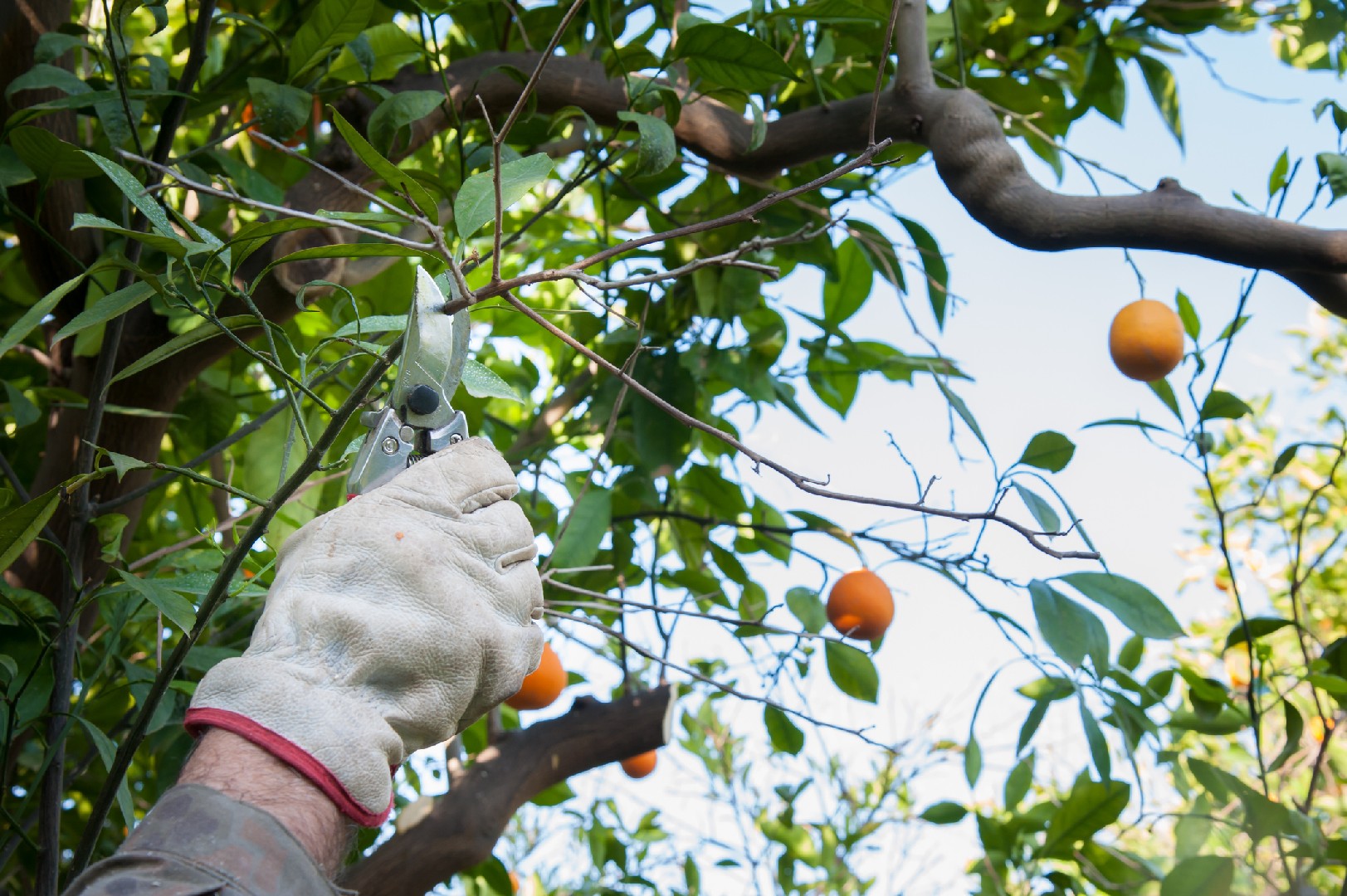![Rectangle]()
Getting Started: When to Prune Your Fruit Trees
Pruning fruit trees is a crucial task that can greatly impact their health and productivity. When it comes to the timing of pruning, late winter or early spring is generally considered the best time. During this dormant period, the tree is not actively growing, which allows for easier and less stressful pruning.
One important aspect to consider is that different fruit trees have different requirements when it comes to pruning. While late winter is best for most fruit trees, there are exceptions like apricots. Apricots are prone to a bacterial disease called Eutypa dieback, and pruning them during the dormant period can be detrimental. It is recommended to prune apricots after harvest in summer to minimize the risk of infection.
Pruning in the correct season is essential for maximizing yield and promoting healthy growth. By pruning in late winter or early spring, you remove dead, damaged, or diseased branches before the tree starts its new growth cycle. This allows the tree to redirect its energy towards producing more fruit instead of wasting it on unproductive branches.
To get started with pruning your fruit trees, you'll need a few essential tools. A pair of sharp bypass pruners is ideal for removing small branches, while loppers are great for thicker branches. Make sure your tools are clean and sharp to make clean cuts and minimize damage to the tree.
When pruning, it's important to follow a few key principles. First, always begin by removing any dead, damaged, or diseased branches. These can serve as entry points for pests and diseases that can harm the tree. Next, look for branches that are crossing, rubbing against each other, or growing inward towards the center of the tree. These branches can create competition and limit airflow and sunlight, so it's important to remove them.
Another important technique to consider is called "thinning cuts." Thinning cuts involve removing entire branches at their point of origin or back to a main branch. This technique helps open up the tree's canopy, allowing more light and air to reach the inner branches, which promotes better fruit production.
Lastly, remember to step back and assess the overall shape of the tree as you prune. Aim for a balanced and open structure that allows sunlight to penetrate all parts of the tree. This will ensure uniform fruit ripening and reduce the risk of disease by promoting good airflow.
In conclusion, understanding the optimal timing for pruning fruit trees is crucial for their overall health and productivity. Late winter or early spring is generally the best time, although exceptions like apricots require different rules. By pruning in the correct season and following proper techniques, you can maximize your tree's yield, promote healthy growth, and enjoy a bountiful harvest year after year.





